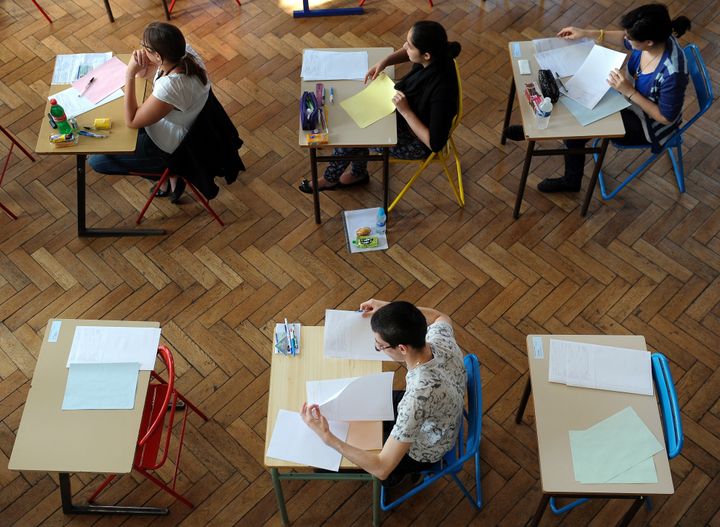
Every student is unique -- each has a set of talents and goals that, if recognized and cultivated, will lead them to achieve long-term success and a fulfilling future.
But many U.S. schools are missing the mark on helping students discover and maximize their unique talents. Less than half of America's students strongly agree that they get to do what they do best every day, according to the Gallup Student Poll. That means millions of students are focusing on the wrong things, while their talents are languishing unnoticed -- likely leaving them bored and frustrated. What these young scholars need is help understanding and developing what it is they are really good at -- a personalized approach to how and what they need to learn.
In essence, today's students need to know what their strengths are -- and education leaders need to teach students how to use these strengths.
Now, it seems, the U.S. government is catching on to just that. In 2012, the U.S. Department of Education announced a new twist on its $400 million Race to the Top competitive federal grant program for schools -- it opened the program up to individual school districts, instead of only allowing states to apply. According to U.S. Secretary of Education Arne Duncan, the goal is to focus on the classroom level and "personalize education" while taking classrooms "beyond a one-size-fits-all model." The emphasis is on "the all-important relationship among teachers and students," said Duncan.
As districts prepare to compete for the Race to the Top awards, they will need to answer the question: "How do schools create personalized plans for students?"
The key, from what Gallup knows, is to build education plans that match up with each student's unique strengths. Then, give students opportunities to use their strengths to accomplish schoolwork, prepare for college, and train for the work world.
When students feel their school pays attention to their strengths, student engagement rises significantly. Gallup has studied schools across the country with the highest levels of student engagement -- defined as students who are engaged in and enthusiastic about their schoolwork. Engaged schools find a way to help students do what they do best every day. When students know what they do best and have an opportunity to do it, they are more engaged with school. Gallup research shows over eight in 10 students who strongly agree that their school is committed to building the strengths of each student are engaged in school. The leaders of these schools developed ways to appeal to student interests during the school week -- some schools offer a wide range of after-school activities and clubs, while others provide work experience at school or in the community.
What the nation needs are more of these strengths-based schools. Here's how districts can build them:
- Start With Strengths: Start now with a campaign for every student and educator to know their strengths and create a plan to put them to use. Ensure students have strengths advisers, clear goals, and access to a wide range of online educational resources and experiences that match with their unique strengths. Outlining an in-depth plan can reinforce important academic goals and stimulate interests and talents.
- Monitor Hope, Engagement, and Wellbeing: When students know and use their strengths, they rate themselves and their schools higher on these three factors. Good schools can get better by participating at no cost in the Gallup Student Poll, which gauges student hope, engagement, and wellbeing. Schools receive scores reflecting students' perceptions of these key metrics and leaders can use this information to target areas in need of improvement.
- Apply Strengths to College and Work: Middle school is the right time for students to see their future possibilities. They can discover what they do well, and explore what they want to do in the future by discussing their unique talents and then planning experiences to test and practice them.
Washington may be providing an impetus for focusing on personalized education, but this will not happen because of Washington alone. It will happen because school leaders, teachers, parents, and students insist on working together to develop creative pathways to personal achievement.
Cross-posted from The Gallup Blog
